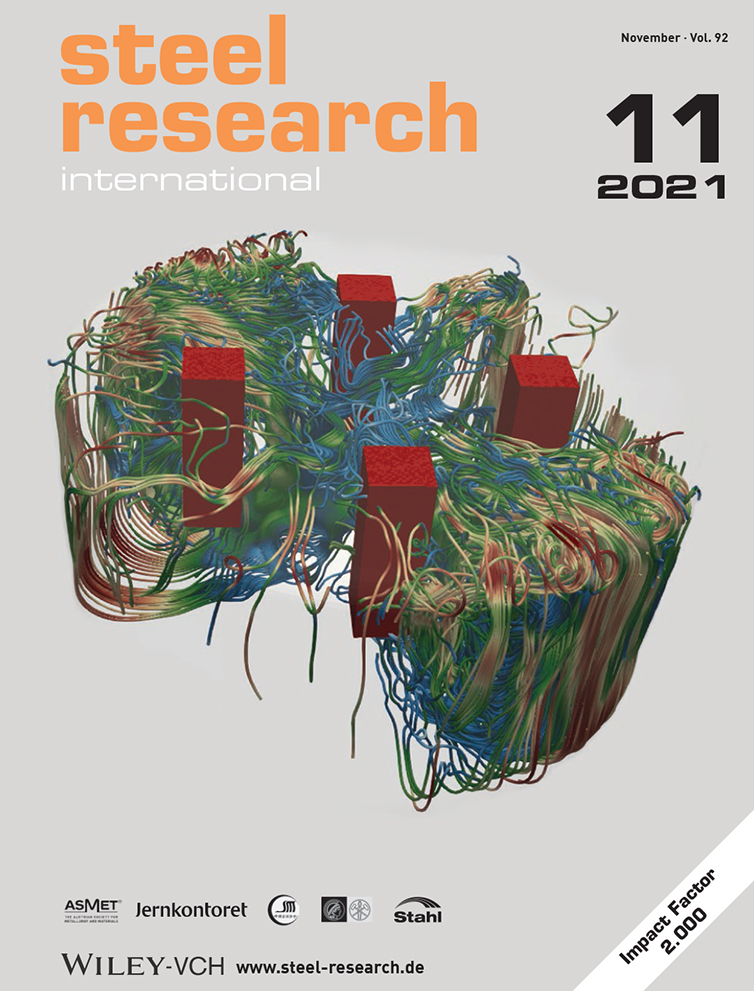Effect of Mo and Tempering Treatment on the Microstructural Evolution and Mechanical Properties of M2 High-Speed Steel Prepared by Laser-Directed Energy Deposition
Data sharing is not applicable to this article as no new data were created or analyzed in this study.
Abstract
M2 high-speed steel (HSS) with Mo is prepared on 45# steel by laser-directed energy deposition (LDED). According to X-ray diffraction (XRD) and scanning electron microscopy (SEM) analysis, the addition of an appropriate amount of Mo can promote grain refinement and martensite transformation in M2 HSS. Moreover, with the addition of 1, 2, and 3 wt% Mo, the hardness increases by 2.8% for M2 + 2 wt% Mo, and the impact toughness increases by 76.3%, 85.8%, and 104.1%, respectively, whereas the wear resistance decreases. On this basis, the effect of the tempering treatment on the deposition state of M2 HSS + Mo is further explored. After a suitable tempering temperature is selected for heat treatment, the grain refinement of the sample becomes more obvious, and the martensite-to-ferrite transformation is promoted. The hardness of all M2 + Mo alloys significantly increases after tempering heat treatment, and the average hardness of M2 + 2% Mo after tempering three times at 550 °C reaches 868.6 HV. The impact toughness of M2 + 2 wt.% Mo after three tempering cycles at 450 °C is the highest, 126.6% higher than that of M2 HSS. After tempering, the wear resistance of M2 + Mo is improved.
Conflict of Interest
The authors declare no conflict of interest.
Open Research
Data sharing is not applicable to this article as no new data were created or analyzed in this study.




